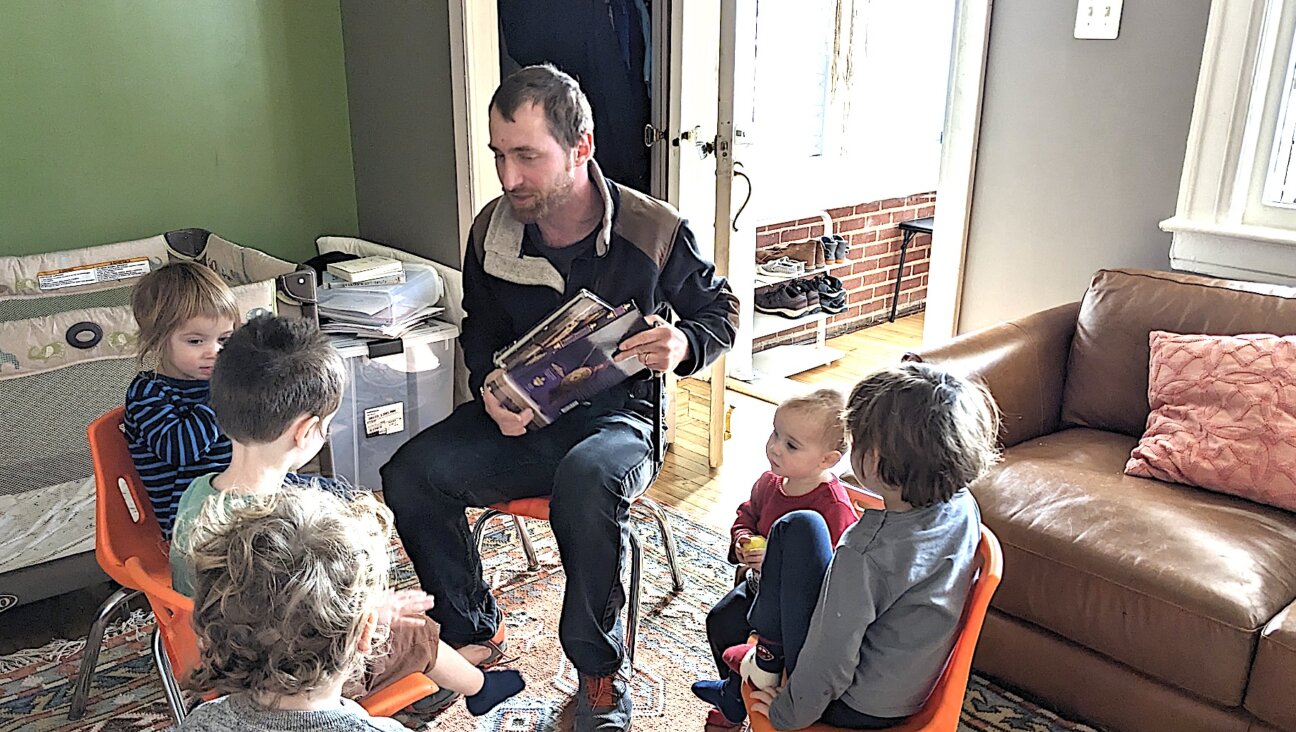Eight Magical Realist Novels by Jewish Women
It’s no surprise to voracious readers of female-authored fiction that the magical realism genre has flourished by the pens of the fairer sex. Readers with some enthusiasm for the genre may associate it with women of color in particular. For example, there’s Isabel Allende and Laura Esquivel, following in the Latin American tradition of Jorge Luis Borges and Gabriel Garcia Marquez, and Alice Walker and Toni Morrison incorporating folklore into African-American fiction.
It isn’t hard to think of Jewish men who weave mysticism and fantasy into their works, either — Isaac Bashevis Singer, Jonathan Safran Foer, Bernard Malamud and Franz Kafka. But the Jewish women of this genre are not as well known, though they are certainly present. Jewish studies and comparative literature students — you’ve got an enormous body of work to sift through from around the world to create compelling academic theses, and for everyone else, there’s a place on the couch waiting for us to curl up with one of these fabulous stories.
Here’s a list of eight female Jewish authors and their Jewish-themed magical realism novels, with just a bit about each book. This list is not comprehensive, of course, so please share your favorite authors in this deep and growing category.
-
“The River Midnight” by Lillian Nattel Setting: Baszka, Poland — 1890s. Protagonist: Misha the midwife. A band of proto-feminist, scandalous shtetl-dwelling girlfriends endure life, love, birth and death in a somewhat realistically depicted Jewish village, but the “angel of death” figures in as an actual character, and earthy potions effect other-worldly changes.
-
“The Red Magician” by Lisa Goldstein Setting: a Hungarian shtetl — 1940s. Protagonist: 11-year old girl Kicsi. The prophesy of a strange red-haired magician who enters a tiny Hungarian shtetl just before its population is liquidated to concentration camps comes true. He tries to save the townsfolk, but only the little girl believes his words. Kicsi survives the camp.
-
“The History of Love” by Nicole Krauss Setting: Brighton Beach, Brooklyn, early 2000s. Protagonist: 14-year old girl Alma Singer. If the invisible hand of fate is magic, then “The History Love” is a definitively magical novel. An aging Holocaust survivor who wrote a book and lost his wife in his youth is connected to a young girl whose father has died, who is connected to a translator of South American texts, who is connected to…and so on. There’s a reason this one was a New York Times bestseller.
-
“Moonlight on the Avenue of Faith” by Gina B Nahai Setting: Tehran, Turkey, Los Angeles, 1970s. Protagonist: Lili, “the bad luck child.” Five-year old Lili’s mother jumps off the family’s balcony in the Jewish ghetto of Tehran. She “had grown wings, one night when the darkness was the color of her dreams, and flown into the star-studded night of Iran that claimed her.” But Lili’s mother doesn’t die. There’s no body — she just disappears. Lili finds her 13 years later, after a lot of searching that involves waking dreams and surreal, metaphoric abstractions.
-
“Bee Season” by Myla Goldberg Setting: Middle-class America, 1990s. Protagonist: 9-year old Eliza Naumann. If your Kabbalah-obsessed father only started paying attention to you when you began winning spelling bees, and your mother started shoplifting after your brother left Judaism to explore Christianity, Buddhism, and Hare Krishna, reality and “magic letters” would surely start to blur at the edges for you, too. This mystical, transcendental story about a Jewish family trying to “hold it together” was made into a film with Richard Gere playing the spiritual dad.
-
“Spirits of the Ordinary: A Tale of Casas Grandes” by Kathleen Alcala Setting: Northern Mexico, 1870s. Protagonists: the mute Mariana and the Catholic Estela. Kathleen Alcala may not technically be Jewish, but she discovered her family’s crypto-Judaic past while growing up. Her ancestors were brothers from Spain and probably “conversos” made Catholic by the Inquisition. Alcala teaches magical realism workshops, so naturally she’s inserted quite a bit into this gritty tale about massacres and gold digging, including clairvoyance and secretive Jewish mysticism.
-
“The Road to Fez” by Ruth Knafo Setton Setting: Morocco, 1969. Protagonist: 18-year old Pennsylvanian Brit Lek. This coming-of-age story is sexually adventurous: uncle/niece incest and girl-on-girl experimentation take place amid the exoticism of Sephardic Morocco. What makes it magical? In this tale, memories and knowledge can be passed from matriarch to daughter via blood, and Jewish martyrs can become saints. Omens travel on the orange blossom-scented wind.
-
“The Puttermesser Papers” by Cynthia Ozick Setting: Late 20th-century Manhattan. Protagonist: Middle-aged politician Ruth Puttermesser. A lonely bureaucrat wants a daughter and accidentally makes a girl Golem out of the soil from her houseplants. When Puttermesser dies in her sixties, she goes to heaven, where she marries her old flame and has a son. His circumcised foreskin is planted under an olive tree and all the leaves turn gold.
Eager for more Jewish female magical realism? Check out any novel by Dara Horn (U.S.), Rebecca Goldstein (U.S.), Shifra Horn (Israel) or Clarice Lispector (Brazil).
















